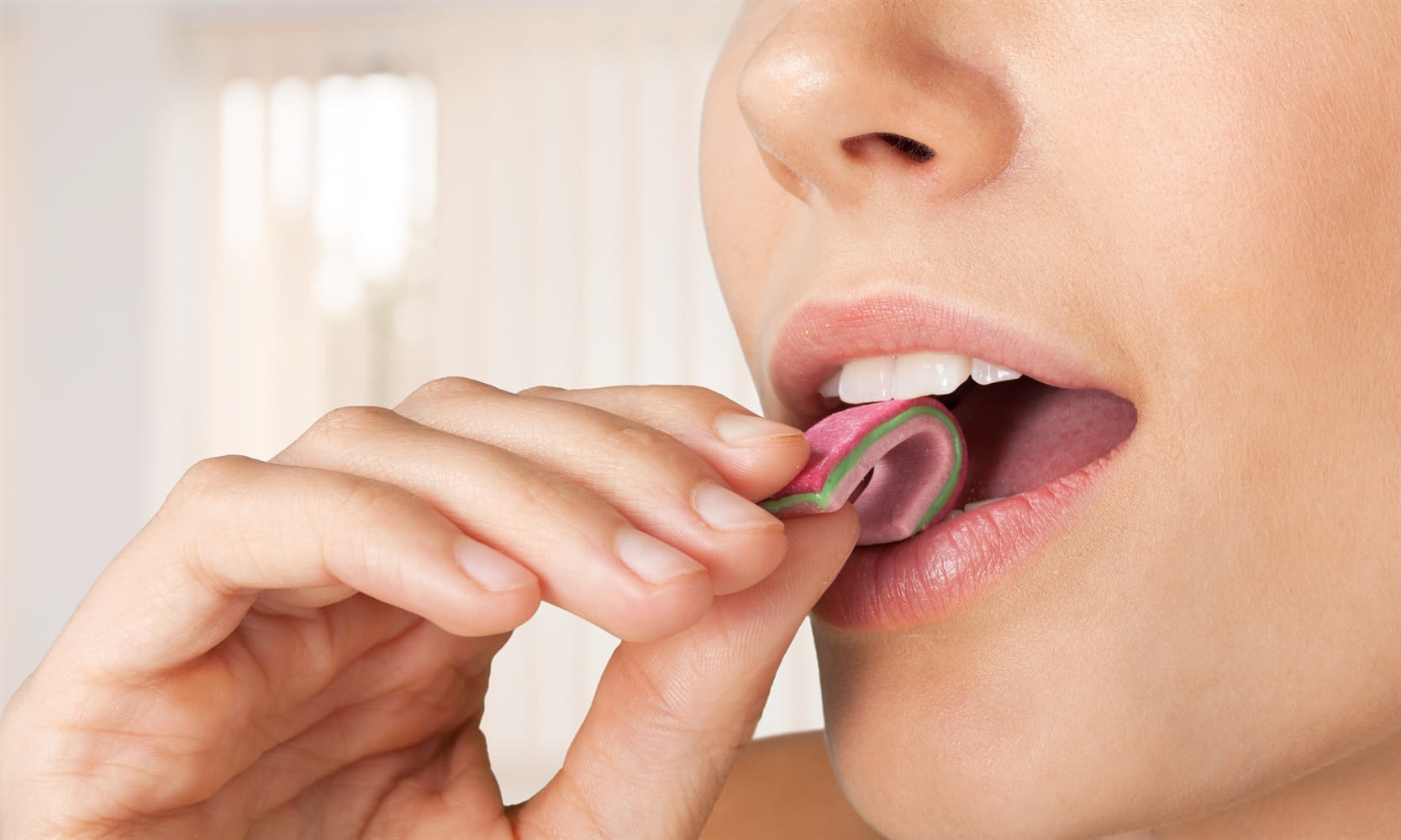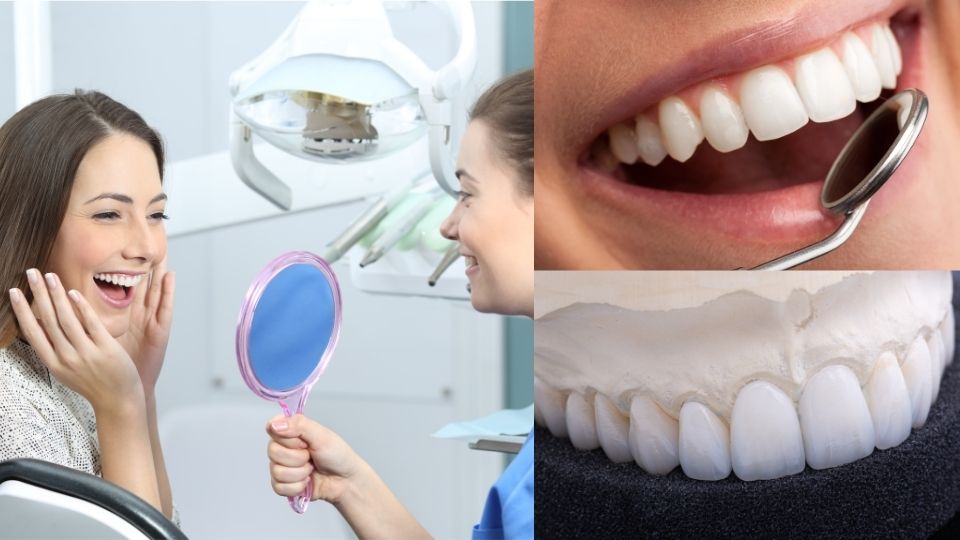Dentures and Bridges
Dentures or “false teeth” are full sets of removable replacements for natural teeth that have been lost because of an accident or injury, tooth decay, or aging. Dentures help with life’s normal activities like eating and drinking, smiling and kissing while having the added advantage of preventing the face from appearing puckered and older.
A bridge or partial denture is used when someone has lost several teeth but still has healthy natural teeth. A partial denture consists of several fabricated replacement teeth that are used to fill the gap created by tooth loss. The bridge is attached to existing natural teeth that are on either side of the space where teeth used to be and helps to keep the existing natural teeth properly spaced. The process can be completed in two or three visits in one week.
Benefits of Dental Dentures and Bridges
- Replacement for complete or partial tooth loss
- Restores your smile
- Restores your ability to properly chew and speak
- Maintains the shape of your face
- Prevents remaining teeth from drifting out of position
- Restores and maintains natural bite

Types of Dentures and Bridges
The three basic types of Bridges:
- Traditional Bridges
- Cantilever Bridges
- Maryland Bridges
Traditional bridges are the most common type of bridges used. Cantilever bridges are used mainly when only one adjacent natural tooth is used to anchor it in place. And Maryland bridges (Resin-bonded bridges) are supported by a metal wing on each side of pontic and bonded to the back of existing teeth.
The two basic types of Dentures:
- Complete dentures
- Partial dentures
Complete or full dentures are used when all the teeth are missing and these can be either “conventional” or “immediate”. The framework may be made of resin, metal or a combination.
Partial dentures are used when some natural teeth remain. Removable partial dentures consist of false teeth attached to a pink or gum-coloured plastic base. They are connected by metal clasps or precision attachments that hold the denture in the mouth. Precision attachments are generally more aesthetic than metal clasps.
Dentures can be made in one of two methods – “conventional” or “immediate”.
- Conventional dentures require that all teeth be removed. Then for eight to twelve weeks, the gums are given time to heal. Once the gums have sufficiently healed, the dentures will be fitted in the mouth. The downside to this approach is that the patient has no teeth while the gums are healing.
- Immediate dentures is the opposite of conventional dentures. The dentures are made before the removal of any teeth and can be placed in the mouth as soon as the teeth are removed. Because gums shrink during the healing process, the dentures may have to be adjusted one or more times to ensure that they fit properly.
Procedure for Dental Dentures and Bridges
Preparing to be fitted for dentures or a bridge will take a few visits (following any tooth extraction and time to heal) that may take a number of weeks to complete the entire treatment. The prosthodontist, (a highly trained dental professional who specializes in the replacement and restoration of teeth), will take measurements of your mouth and jaw and then create molds or wax forms as sample dentures.
Sample dentures are modified to properly fit your mouth, ensuring that the color, fit, and shape of the replacement teeth are correct. Using this sample, the actual denture can then be prepared for you. Your dentures will be adjusted to fit your mouth so that you can comfortably talk, chew, drink, and smile.
There are alternatives to dentures including dental implants, All-on-4, and All-on-6 and your dentist or prosthodontist will advise the best option for you. The process of selecting the right dental professional can be expedited if you have X-rays and a treatment plan from your local dentist.
For Bridges –Following the first evaluation and bridge tooth preparation – a local anesthetic is administered. Any natural teeth adjacent to the missing gap are reshaped for the dental bridge. Records are taken and approved with the patient to determine the color, bite, length and shape of the bridge. An impression is taken for a replica model and this is then sent to be fabricated. A temporary bridge is put it place until the fitting of the permanent dental bridge is completed.
Recovery Expectations
There may be some minor tenderness experienced and some individuals may experience sensitivity in their teeth. This sensitivity should disappear gradually over a few days to weeks. If extractions are necessary, you can expect the recovery of your gums to take up to 4 weeks or longer.
Once healed and the dentures are placed, you will need time to adjust to your new teeth. Minor irritation or soreness can occur and/or some saliva flow may increase however this should diminish as your mouth adjusts.
Postcare Instructions for Dentures and Bridges
- Avoid chewing on or eating hard foods for 24 hours and be careful in general with chewing toffees, gum, grainy rolls and hard food.
- For Bridges brush teeth regularly and floss at least once to twice a day. Rinse with fluoride rinse before bed. Swish the fluoride rinse vigorously in your mouth for at least one minute. Do not swallow any of the rinse and do not eat or drink anything for 30 minutes
- Brush and clean with a soft denture brush and paste after eating to remove plaque and food stains. Remove your dentures at night to give your gums a rest and reduce pressure or as directed by your dentist. And keep your dentures in water to avoid drying out and distorting.
Take the next step with us
Need more information? Or ready to take the next step? Click on one of the icons above to request a Quote today!


